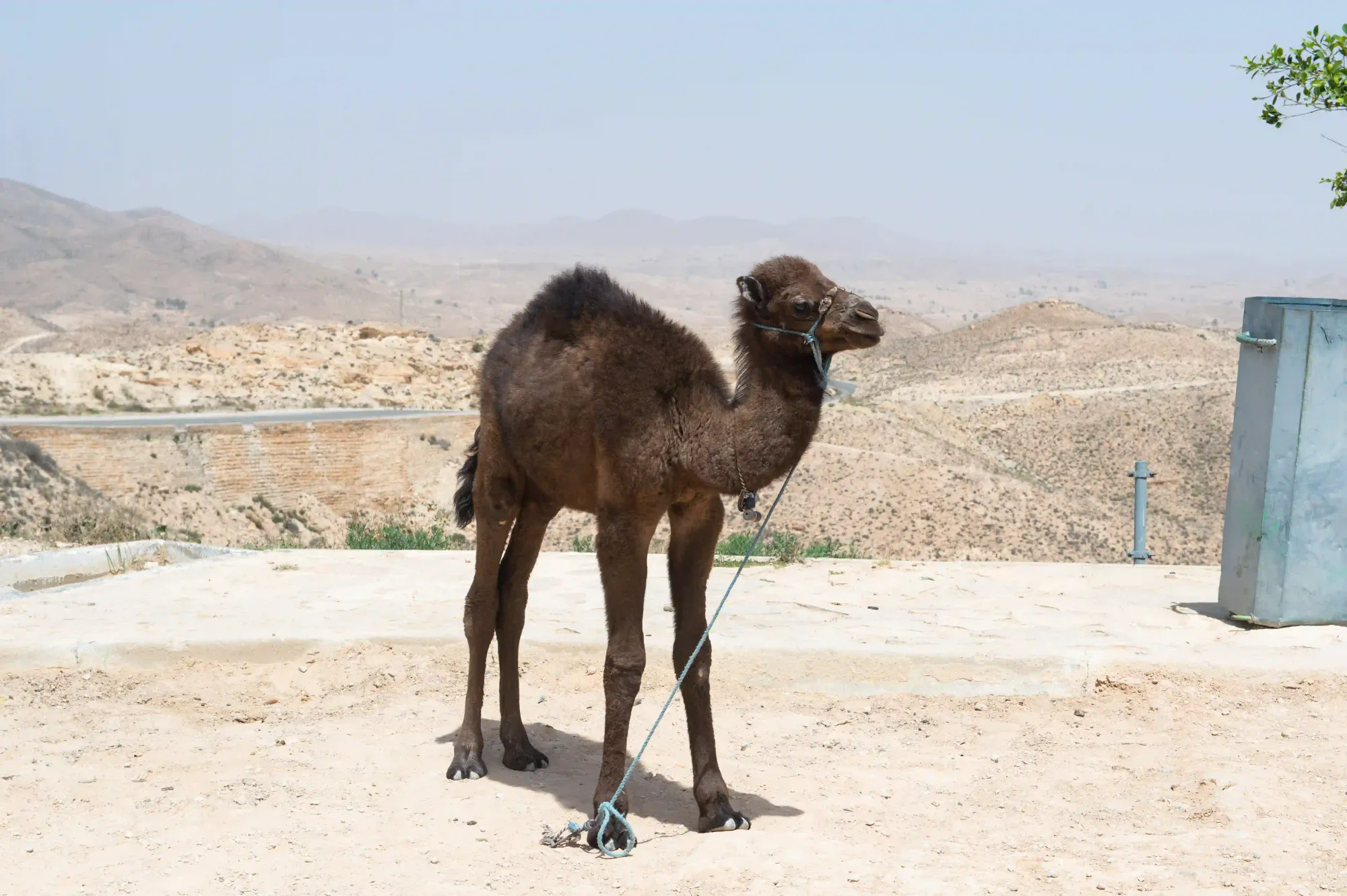Metabolic water is the water that animals produce within their bodies through the breakdown of nutrients, such as proteins and fats, during their day-to-day activities. It's a fascinating and essential process that helps creatures maintain hydration, especially when external water sources are limited.

Think of a camel crossing the desert. These incredible animals can survive without water for extended periods, partly because they can generate metabolic water to compensate for the lack of water intake. As camels break down the fat stored in their humps, they produce water, which helps keep them hydrated during their long journeys.
Yes, absolutely. You get about a 1.1g of metabolic water per gram of fat. And yes, dry fasting results in more fat metabolised than water fasting. This has been shown in migrating birds and reported by many humans anecdotally. 1/ https://t.co/2Y2Nr7HOnX
— L. Amber O'Hearn (@KetoCarnivore) January 6, 2021
Another example can be found in birds. A study on zebra finches showed that even when deprived of water for 24 hours, these small birds were still well-hydrated. By burning their own fat stores, they were able to generate a significant amount of metabolic water to maintain their hydration levels.
Process of creating metabolic water
Metabolic water is created through chemical processes that occur within an organism's cells during the breakdown of nutrients like carbohydrates, fats, and proteins. These nutrients are converted into energy, and water is produced as a byproduct. Let's dive into the chemical processes behind metabolic water creation.

Carbohydrates, mainly in the form of glucose, are broken down through a process called cellular respiration. Glucose is combined with oxygen, creating carbon dioxide, water, and energy in the form of ATP (adenosine triphosphate). The water generated in this process contributes to metabolic water.
Fats are another significant source of metabolic water. They are stored as triglycerides, which are broken down into glycerol and fatty acids. The fatty acids undergo a process called beta-oxidation, producing acetyl-CoA molecules. These molecules enter the citric acid cycle (also known as the Krebs cycle or TCA cycle), which generates ATP, carbon dioxide, and water. The water produced in this cycle adds to the metabolic water supply.
Lastly, proteins are broken down into their constituent amino acids. These amino acids are then deaminated, removing the amino group and forming ammonia, which is further processed into urea for excretion. The remaining carbon skeletons enter various points of the citric acid cycle, producing energy, carbon dioxide, and metabolic water.
Fasting and Metabolic Water in Zebra Finches
Most creatures need a regular water supply to survive, especially birds. Water scarcity can limit birds' habitat, flight range, and altitude during migration. However, some animals can generate water by breaking down their own tissues, such as proteins and fats, when under extreme conditions. It was previously thought that proteins were the main source of water, as they are associated with bound water molecules. But a curious team of researchers from Jagiellonian University in Poland decided to investigate how birds produce water from their metabolism.

The researchers conducted a study with zebra finches, dividing them into three groups: one with unlimited access to food and water, one with access to water only, and one without access to either. After 24 hours, they measured the birds' metabolic rates and analyzed their body composition. Surprisingly, all the birds were well-hydrated, even the ones deprived of water. However, the body composition of the birds varied significantly. The water-deprived birds were able to generate an impressive amount of water by burning their own fat.
To produce the same amount of water from proteins, the starving water-deprived birds would have to break down a potentially dangerous amount of protein from their body tissues. This would not only affect the birds during fasting but also when they started eating again.
The researchers now suggest that fat serves as the primary source for metabolic water production, challenging previous views that protein was the main source. This fascinating discovery helps us better understand how birds manage their water supply under different conditions.
Sources





